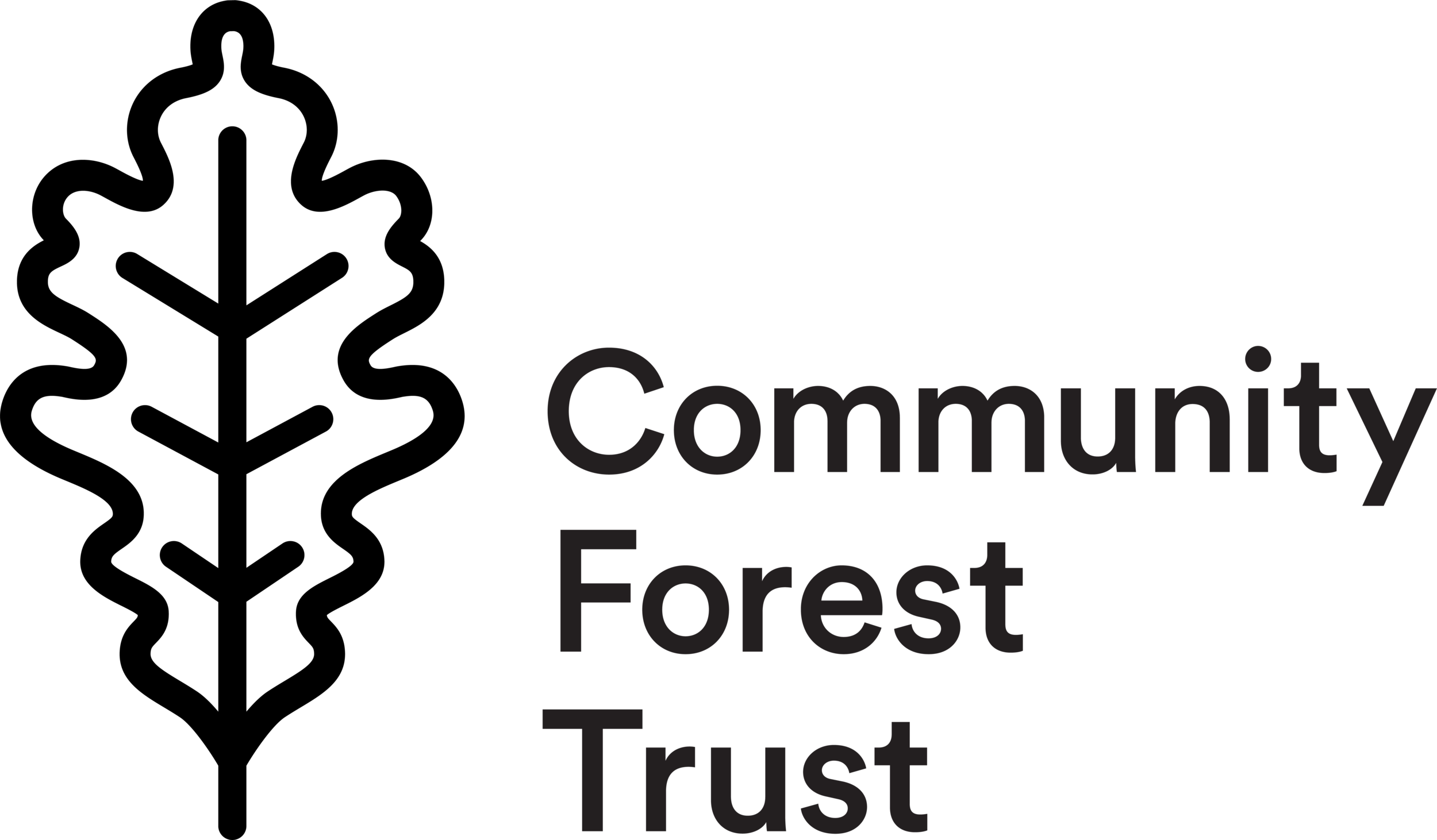Support and funding available for agroforestry schemes
23 October 2023: Whether you are interested in grazing livestock amongst your trees or planting buffer strips, your local Community Forest team can help with tailored support and funding for agroforestry.
From the outset, our Community Forest teams work closely with farmers to understand their needs to ensure we deliver successful tree planting schemes. This may involve discussions around poor yields, long-term land valuation, rising costs, and the business benefits of bringing more trees to a farm. The Community Forest teams have the expertise and knowledge to advise on how tree planting can improve the farming environment, whether through protecting the soil or expanding the business through harvesting timber or carbon offsetting, for example.
We understand that many farmers have already started to diversify their business and it can feel that planting trees brings an added layer of complexity. However, we work alongside farmers and their agents to manage this process and ensure that the benefits are clear and achievable.
What is Agroforestry?
Simply put Agroforestry means combining agriculture and trees.
Agroforestry is a set of land management systems where trees are deliberately planted alongside agriculture on the same piece of land.
It can improve the farming environment as well as control soil runoff and soil erosion.
Research over the last 20 years has shown that agroforestry can be more biologically productive, more sustainable, and more profitable than forestry or agricultural monocultures.
England’s Community Forests offer one of the most competitive grant schemes for tree planting alongside unrivalled local-based support and up to 15 years of maintenance payments
We make every part of the journey of bringing trees to farmland as simple as possible and draw on our expertise at every stage – from the scheme design to due diligence. We can provide specifications, recommend contractors, and look at the longer-term options of maintaining the site with the offer of bespoke maintenance grants.
The Community Forest teams also pay attention to the details; understanding things such as the soil condition, what size machinery is used on the site, and any access issues. We work in partnership and we take a very flexible approach – finding what’s right for each individual farm business.
There are many ways to plant a site to enhance the land and business operations. It may be that planting a 20-metre shelterbelt or a hedgerow will help. Or a scheme that includes grass or wildflower margins, to soften the impact and improve biodiversity, may be most appropriate. Everything we do can be tailored – and we come with an open mind and a flexible grant offer that will cover up to 100% of project costs.
The benefits to a farmer are manifold. Alongside creating soil stability and retaining water, trees can aid flood prevention. Trees can offer shade to livestock, which in turn can improve outcomes from the business; animals with access to trees for shade have been shown to gain more weight as they are not as stressed, and birth rates increase as well. There has been a lot of work done to show that integrating trees on free-range poultry farms significantly increases egg production, aiding profitability.1
To find out how the Community Forests can support you to bring trees to your land, please get in touch.
References:
1. https://www.woodlandtrust.org.uk/publications/2014/07/role-of-trees-in-poultry-farming/

